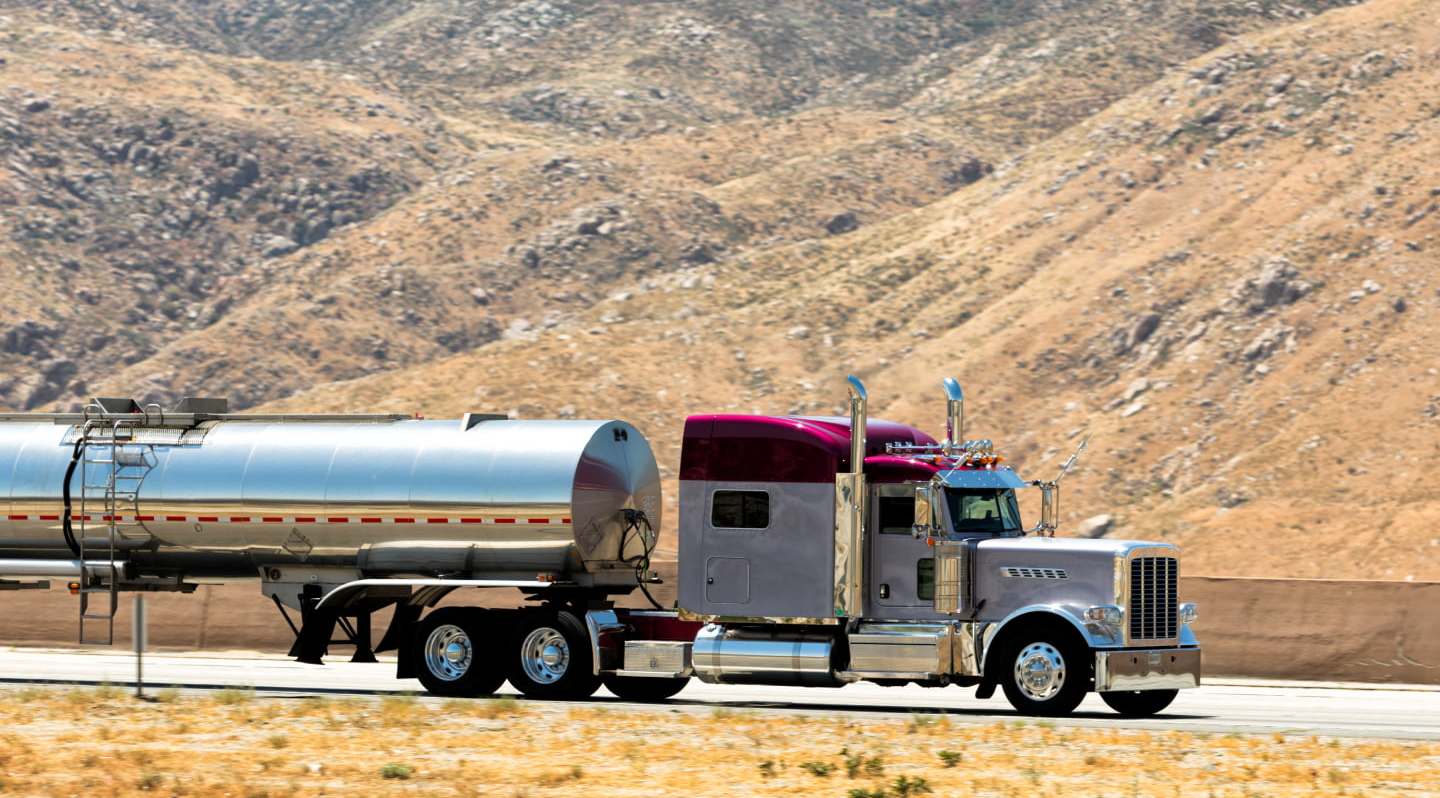Many oil and gas fleets rely on aging vehicles that need more maintenance to avoid breakdowns, making it difficult to cut operating costs. One study found that fleets experience a roadside breakdown about every 10,000 miles. Those roadside repairs can cost far more than scheduled maintenance in your own shop.
Yet as the chip shortage drags on, replacing vehicles can be impossible.
Instead, fleets are getting more serious about what they can control. And that’s leading many to shift to smarter maintenance that cuts operating costs by reducing downtime.
The costs of unplanned downtime
Unexpected downtime quickly cuts into profitability. After all, the true bill for a breakdown is more than just parts and labor. And that’s if you can even get the necessary part. Other costs add up quickly and may not always be quantifiable:
- Penalties for missing a delivery or service call
- Towing charges
- Dispatching a replacement vehicle that may incur extra fuel costs
- Shuffling your fleet’s other drivers to cover the idled vehicle’s duties
- Losing a driver’s productive time
- Customer satisfaction
Breakdowns can be especially expensive for oil and gas fleets in remote areas, as replacement or repair vehicles have to be dispatched from afar. And towing heavy, fuel-filled vehicles isn’t cheap. One estimate found that the average cost to tow a semi-truck is $2,500. However, towing companies charge up to $75 per mile for a heavy vehicle, so the cost grows quickly with distance.
In 2021 the costs of unplanned maintenance grew by 3%. That number is likely higher today as shortages of parts and repair technicians continue.
The best way to avoid these costs is by minimizing unexpected vehicle breakdowns. In this post, you’ll see how Motive can help minimize breakdowns by helping you transition from reactive to predictive maintenance.
Cut operating costs by improving vehicle and asset diagnostics
Motive’s all-in-one fleet management solution helps keep vehicles on the road with real-time fault code detection and alerts.
When a potential fault is detected, you can act on small issues before they spiral into expensive, disruptive breakdowns. Designate who receives these notifications to ensure a prompt response from the right person on your team.
Repeat fault codes are also flagged, as are irregular fuel consumption trends that can hint at trouble brewing.
Fleet managers can view these alerts, codes, and trends in detailed vehicle utilization reports. Over time, monitoring fuel trends and implementing changes that increase efficiency can save up to 13% of your fuel costs. All these little changes add up.
Learn how oil and gas companies can increase compliance and profits and improve sustainability in these articles.
Full fleet-wide vehicle and asset history
Track service records across your entire fleet for both vehicles and assets to avoid missing essential maintenance. Motive makes it easy to view which maintenance tasks are upcoming, overdue, or completed. Configure alerts and notifications, and let the automated workflows keep every vehicle on track.
Add details like odometer readings, engine hours, and costs so everything is in one place. Then use the maintenance history detail report to track cost per vehicle or maintenance type, helping you spot trends that can inform smarter decisions. For example, if one model tends to have the same issue at a certain mileage, you can adjust your own processes to service other vehicles before they fail.
This detailed history can help you reduce repair costs while extending the lifespan of your vehicles and assets.
Custom inspection reports
Motive’s customizable vehicle and asset inspection feature lets you adjust parts inspected and change the requirements, instructions, and declarations. Create custom DVIRs to ensure compliance across the fleet, while making it simple for drivers to complete their DVIRs while adding comments and photos.
Streamlining your inspection reports so they mirror your fleet’s workflows, vehicles, and assets helps cut overhead time and administrative hassle.
Discover DVIR best practices.
Instant insights to drive predictive maintenance
Shifting to maintenance based on actual usage rather than the calendar just makes sense. It’s less disruptive to repair things before they break, and it’s less expensive to avoid replacing parts too early.
Fleets that shift to preventive maintenance cut operating costs, and reduce maintenance-related downtime days by about 20%.
Motive goes even further. Tracking vehicle and asset health enables predictive maintenance (PdM). Predictive maintenance is also known as condition-based maintenance. It uses data science and analytics to forecast when vehicles will need service.
Preventive maintenance is typically triggered by time-sensitive triggers (yearly, monthly, etc.) or vehicle usage (e.g., every 10,000 miles). Maintenance occurs whether the vehicle needs it or not. Sometimes, that means that vehicles are serviced more often than needed. The costs of this “premature upkeep” can add up across a fleet.
Predictive maintenance, such as Motive’s PdM solution, combines sensory devices, the Internet of Things, machine learning, and sophisticated data analysis to constantly assess vehicle condition. The sensors gather information like vibration, temperature, pressure, and noise. With those inputs, Motive can detect early warning signs of defects and potential malfunctions. That can alert a fleet manager of a problem even if the vehicle would otherwise not be scheduled for maintenance.
If you’re trying to reign in your operating costs, take a look at your unplanned downtime. Learn how Motive’s AI-powered fleet management solutions can help you shift to more predictive, efficient maintenance that keeps your vehicles rolling. Contact us today.








